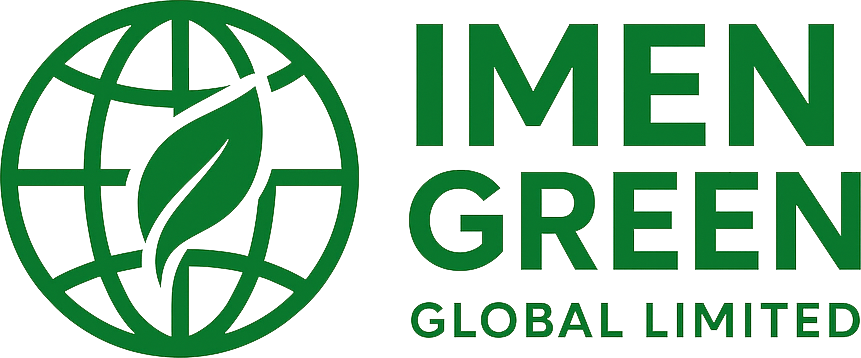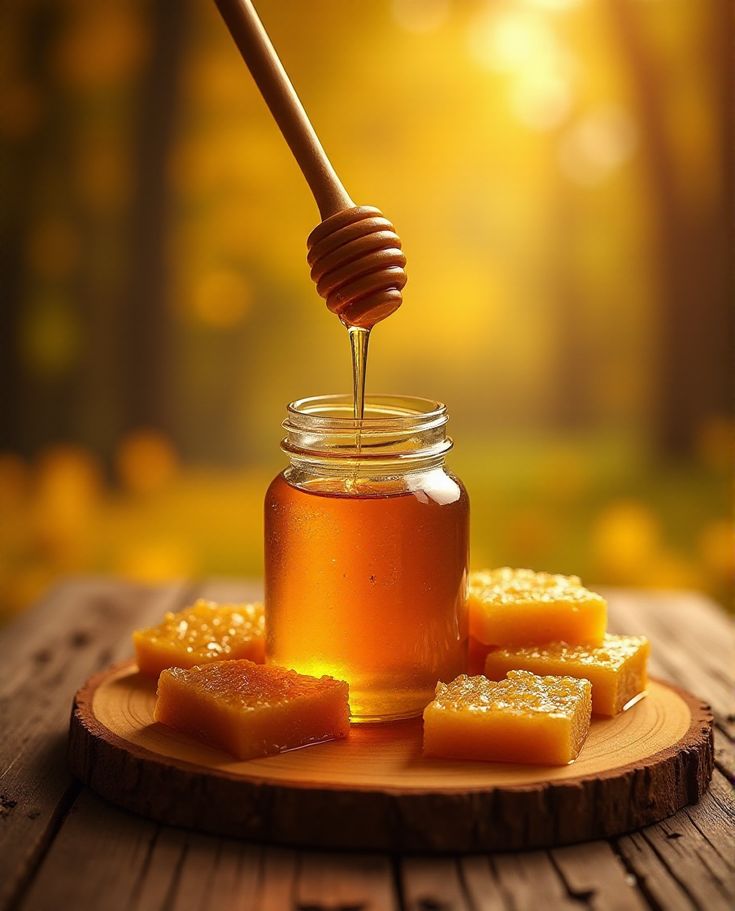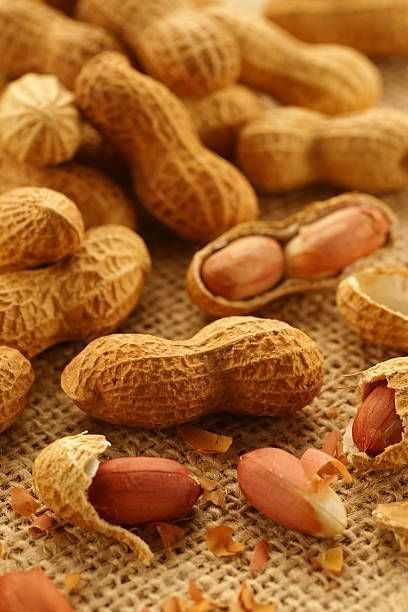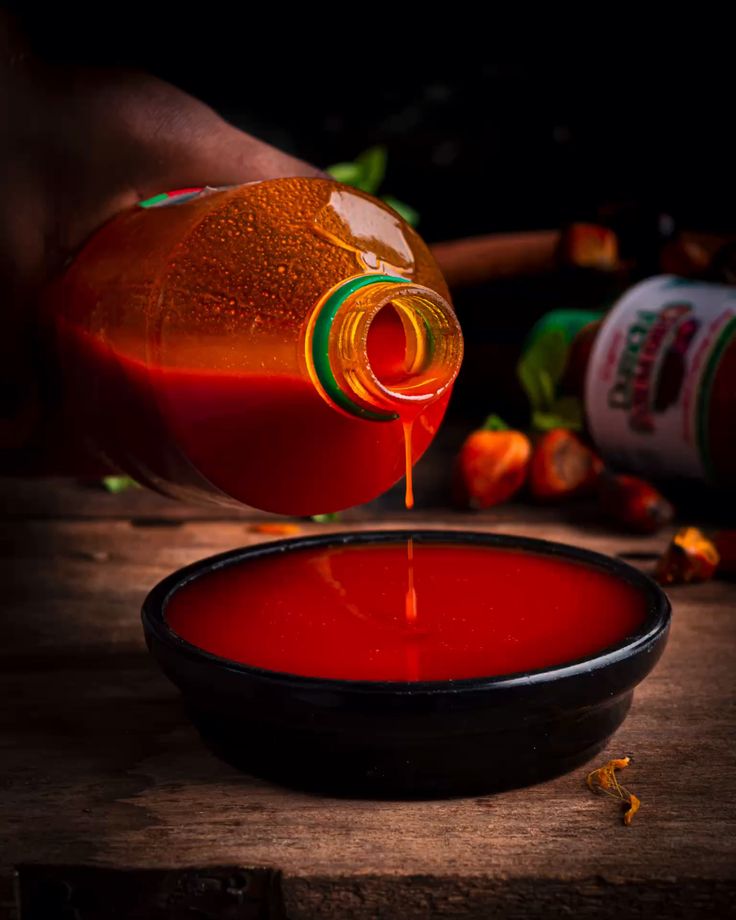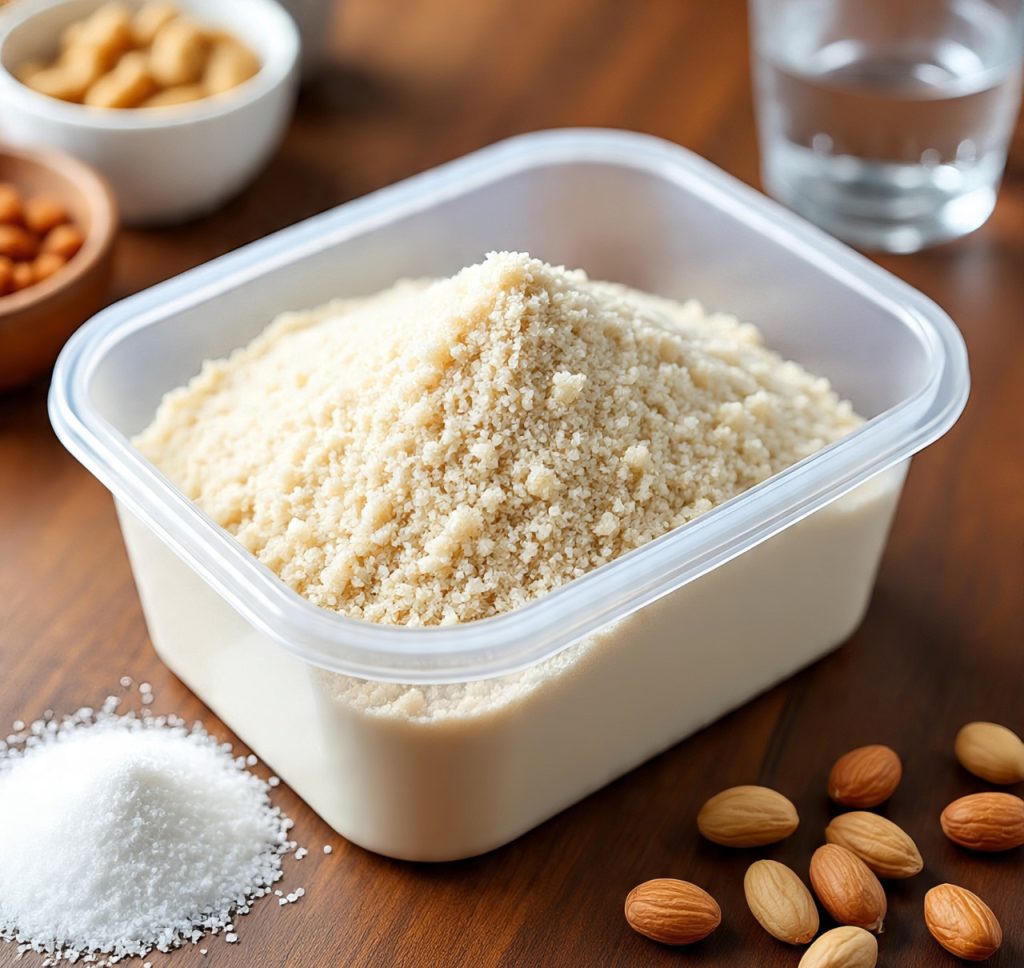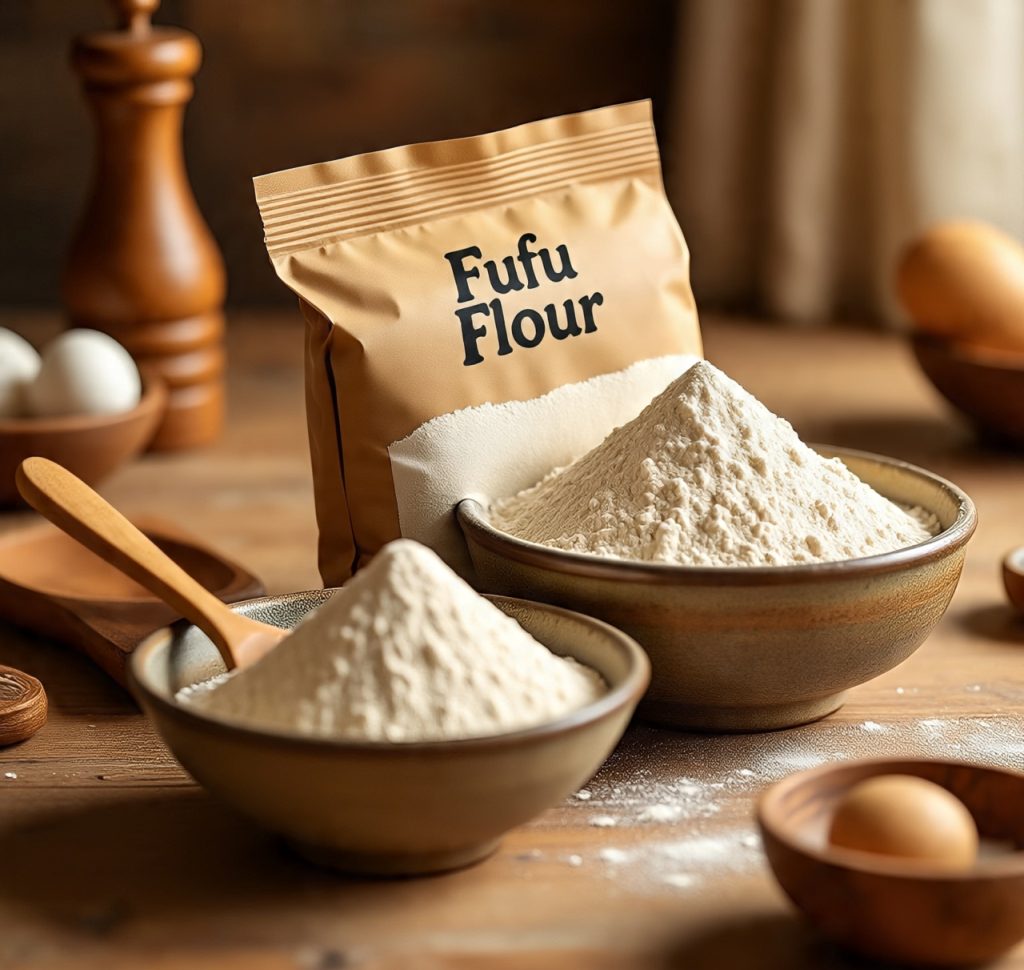Honey is one of the world’s most cherished natural products, valued for its sweet taste, rich aroma, medicinal benefits, and cultural significance. Produced by bees from the nectar of flowers, honey is a versatile commodity with a stable, growing global market driven by health-conscious consumers and the demand for natural alternatives to refined sugar.
Known for its antioxidant, antimicrobial, and healing properties, honey is used in food, beverages, cosmetics, and traditional medicine. Its long shelf life, wide culinary appeal, and premium positioning make it a high-value export product.
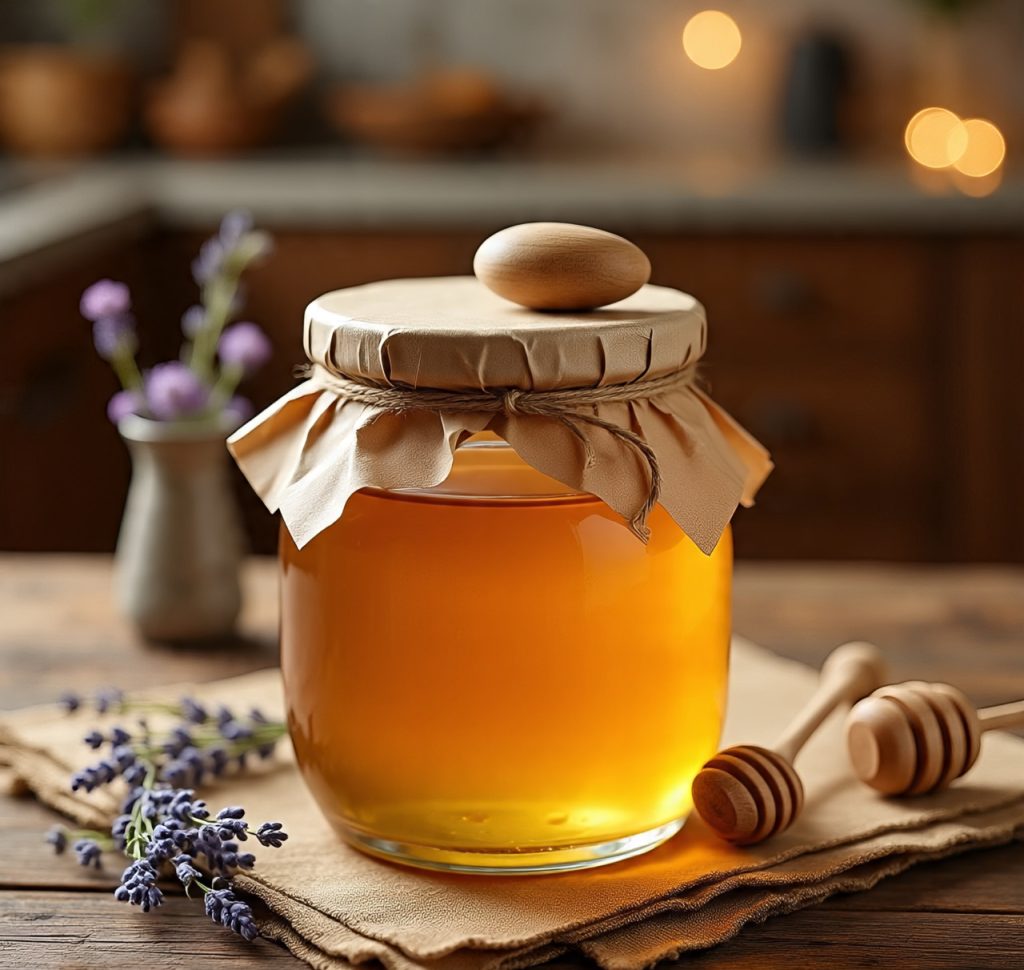
Why Honey is in High Demand
-
Natural Sweetener – Healthier alternative to processed sugar.
-
Health & Wellness Benefits – Boosts immunity, aids digestion, and has anti-inflammatory effects.
-
Culinary Versatility – Suitable for baking, cooking, beverages, and gourmet recipes.
-
Rising Global Market – Increasing consumer preference for natural, organic products.
Common Uses of Honey
-
Food & Beverage Industry – In confectionery, baked goods, cereals, sauces, and teas.
-
Nutraceuticals & Supplements – Combined with herbs for wellness tonics.
-
Cosmetics & Skincare – In soaps, creams, and face masks for its moisturizing properties.
-
Traditional Medicine – Used for sore throats, coughs, and wound healing.
Popular Types of Honey for Export
-
Wildflower Honey – Multi-floral with a rich, complex flavor.
-
Monofloral Honey – From a single flower source (e.g., acacia, manuka, sunflower).
-
Forest Honey – Darker, mineral-rich honey from wild forests.
-
Raw Honey – Unprocessed, retaining all natural enzymes and pollen.
-
Creamed Honey – Smooth and spreadable for gourmet markets.
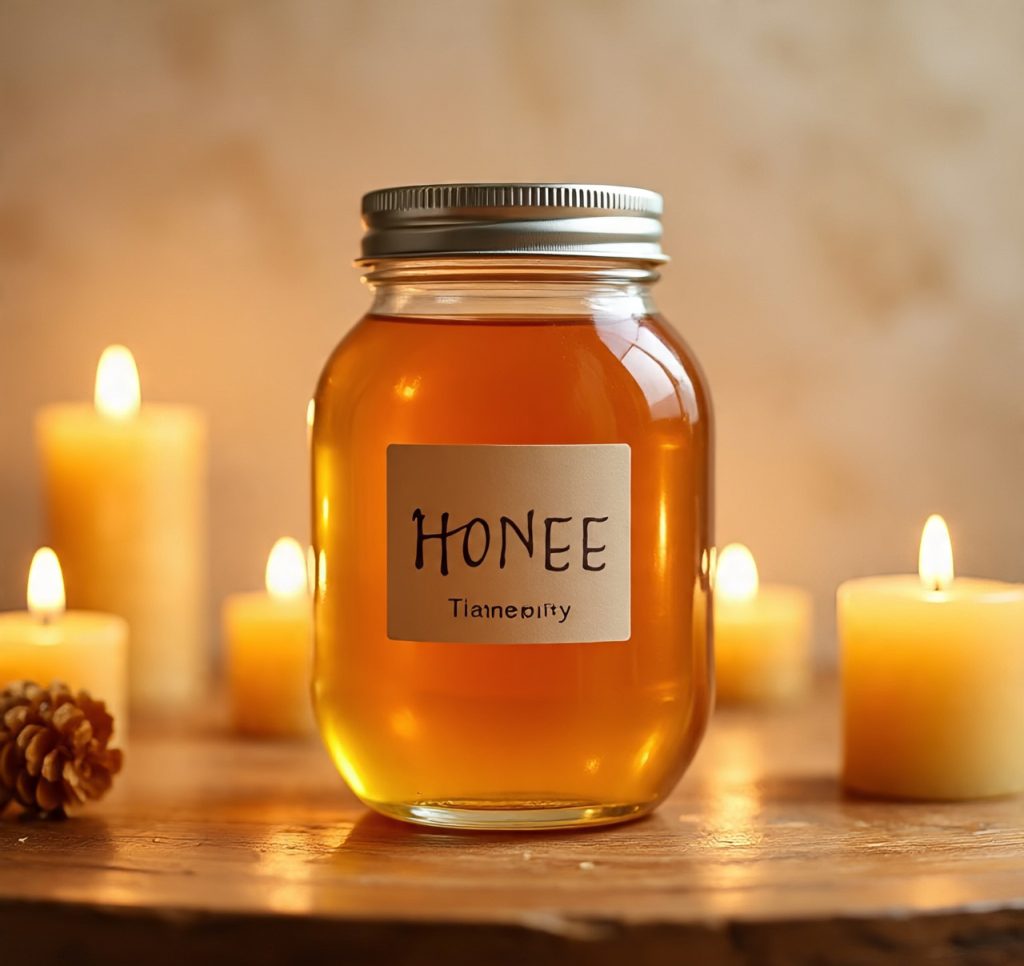
Major Importing Markets
-
Europe – Germany, UK, France, Spain (largest honey import region).
-
North America – USA, Canada (health and organic product consumers).
-
Middle East – Saudi Arabia, UAE, Qatar (premium honey market).
-
Asia-Pacific – Japan, South Korea, Singapore (gourmet and health industries).
Export Processing Steps
-
Harvesting – Collection of honey from beehives.
-
Filtering – Removal of wax and debris.
-
Testing & Quality Control – Checking moisture content, purity, and absence of contaminants.
-
Bottling & Packaging – In glass jars, plastic bottles, or bulk drums.
-
Labeling – Compliance with destination market regulations.
Quality Standards & Export Requirements
-
Moisture Content – Preferably below 20% to prevent fermentation.
-
Purity – Free from artificial sweeteners, chemicals, and antibiotics.
-
Certifications – Organic, ISO, HACCP, Halal for specific markets.
-
Documentation – Health certificate, phytosanitary certificate, certificate of origin, export license.
Why Honey Export is Profitable
-
Premium Pricing – Particularly for organic and rare floral varieties.
-
Stable Shelf Life – Can be stored for years without spoilage.
-
Versatile Market Segments – Food, health, cosmetics, and pharmaceutical industries.
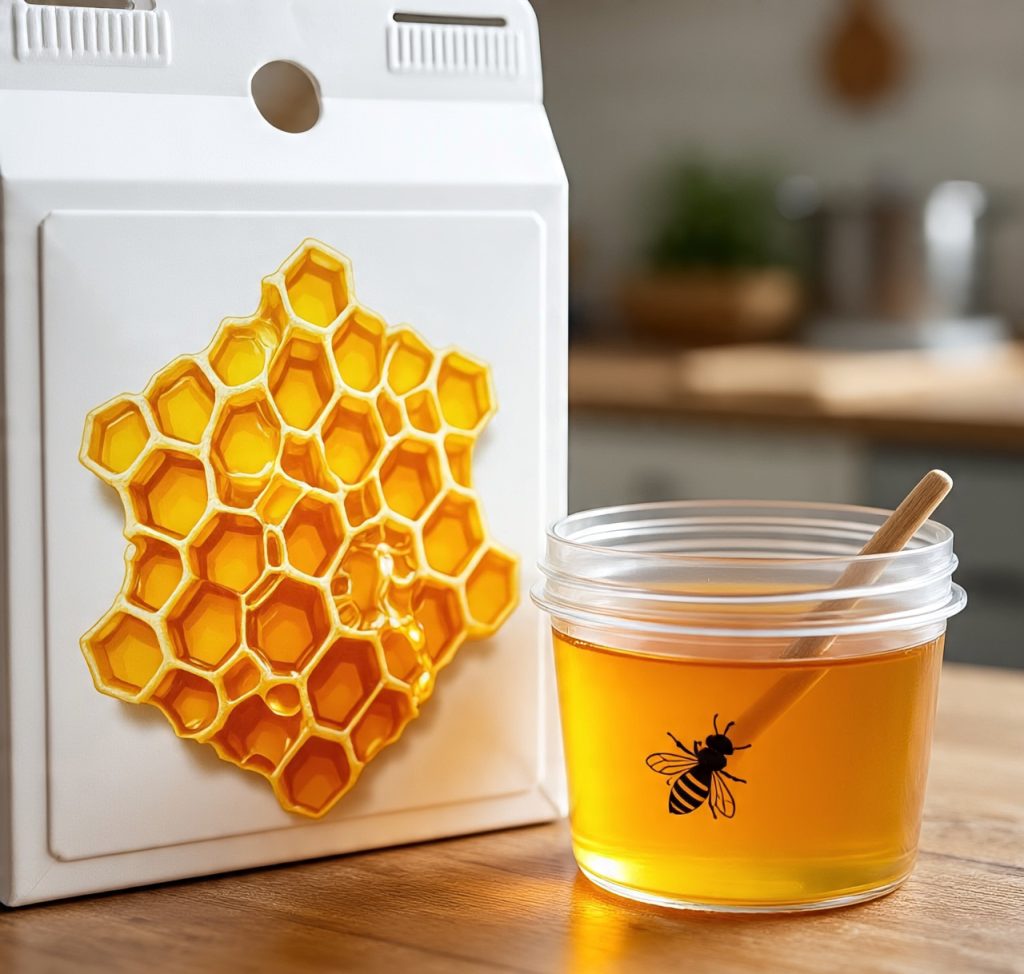
IMEN GREEN GLOBAL LIMITED Advantage
We export pure, high-quality honey sourced from trusted beekeepers and processed under strict hygiene and quality standards. Our honey retains its natural flavor, aroma, and nutritional value.
We offer:
-
Bulk & Retail Packaging.
-
Organic & Conventional Honey.
-
Custom Branding for International Buyers.
-
Specialty Honeys such as wildflower and forest varieties.
Conclusion:
Honey is a golden opportunity in the export market, combining health benefits, natural appeal, and global culinary demand. Exporters who focus on purity, traceability, and quality can successfully penetrate premium and mass markets worldwide.
